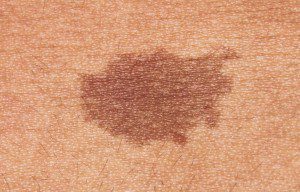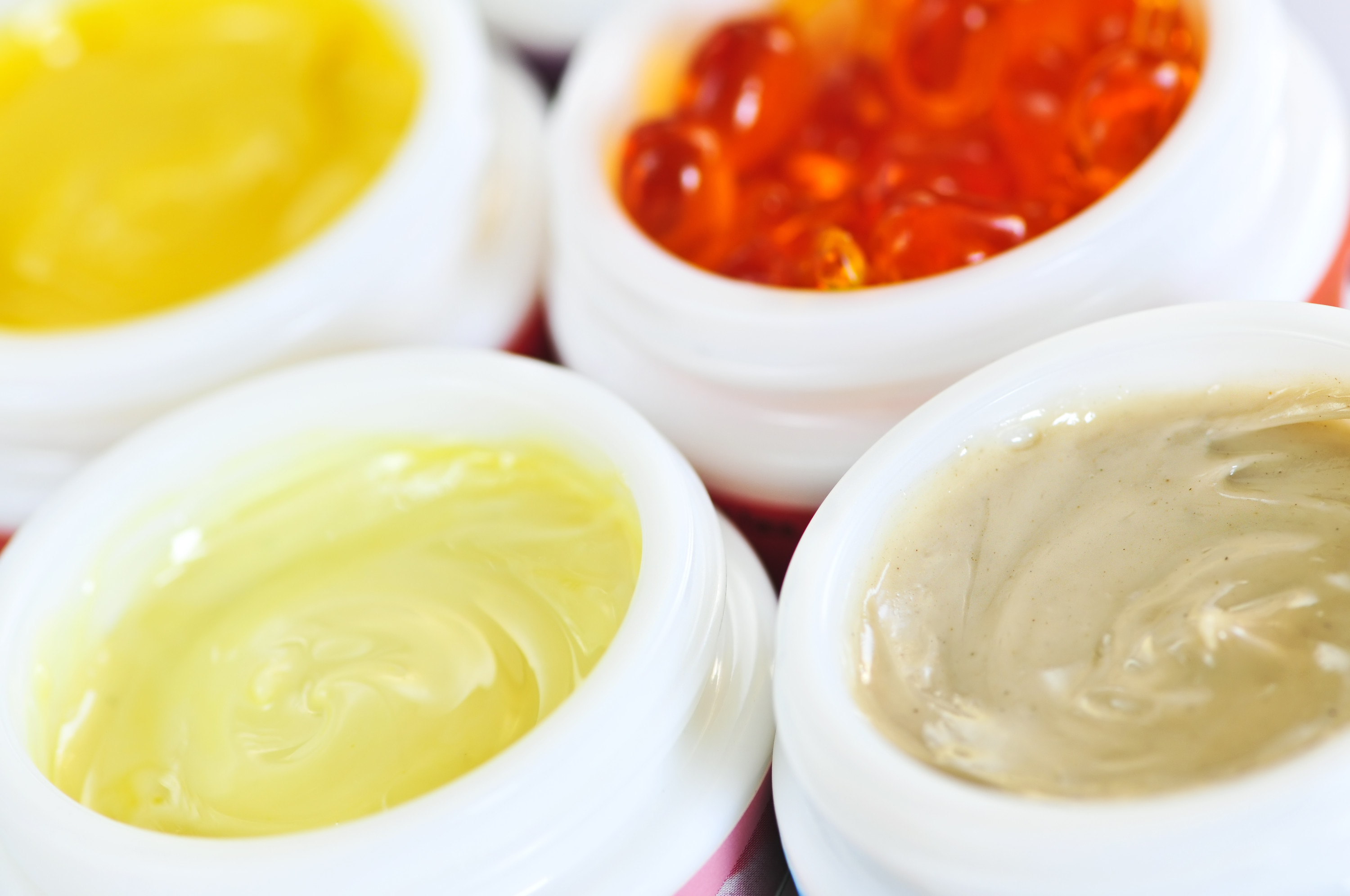Hyperpigmentation Treatment
-
Content written by Andrew Proulx, MD | Reviewed by EnhanceMyself Medical Team | Last updated 6/18/2023
- Overview
Overview
What is hyperpigmentation?
Hyperpigmentation is a common skin condition that causes patches of skin to become darker than the rest of the body. It can occur anywhere on the body and affects people of all skin tones. Many people with hyperpigmentation choose to seek treatment to improve the skin’s appearance.
Cost of hyperpigmentation treatments
The cost to treat hyperpigmentation can vary widely. Below are some average costs of what you might expect to pay for various treatment options.
- Topical Creams: $25-$150 per product.
- Microdermabrasion: $75 to $200 per session.
- Chemical Peel: $500 to $5,000 per session.
- Laser Skin Resurfacing: $1,200 to $2,000 per session.
- Intense Pulsed Light (IPL): $350 to $450 per session.
Factors affecting the cost
There are several factors that can influence the cost of treatment. Here are some key factors:
- Your Provider: The qualifications of your healthcare provider can make a big difference. Highly experienced or board-certified professionals may charge higher fees.
- Treatment Option: Different treatments (chemical peels, laser therapy, etc. ) come with varying prices.
- Location Matters: The cost of medical services can vary by region. Typically, prices in major metropolitan areas with a high cost of living are generally more expensive than rural areas.
- Severity of Condition: The extent and severity of your condition can affect the number of treatment sessions required.
- Type of Hyperpigmentation: The specific type of hyperpigmentation (e.g., melasma, sun damage) may require different treatments methods.
- Number of Sessions: The total cost will be higher if multiple treatment sessions are needed for optimal results.
- Product or Technology Used: Some treatments utilize advanced technologies or specialized products that can be more expensive.
What are the causes?

- Sun damage: Sun damage can worsen existing areas of hyperpigmentation and cause new areas to form.
- Acne: After acne heals it can leave behind dark spots. This is called post-inflammatory hyperpigmentation (PIH).
- Medical conditions: Certain medical conditions can cause hyperpigmentation. These include Addison’s disease, an adrenal insufficiency, or hemochromatosis which causes too much iron to build up in your body.
- Skin inflammation/injury: Similar to scarring, other types of skin inflammation and injury like bug bites or allergic reactions can also cause PIH.
- Hormones: Hormones, especially from pregnancy or hormonal birth control, can cause melasma. Melasma is a type of hyperpigmentation usually consisting of flat gray or brown spots on the face.
- Age: Age can cause some types of hyperpigmentation (also known as age spots), such as maturational dyschromia, especially in people with darker skin.
- Genetics: Some conditions, such as periorbital hyperpigmentation (dark circles under the eye) can run in families and may have a genetic component, in addition to other causes.
Diagnosis
Hyperpigmentation should be diagnosed by a qualified doctor such as a dermatologist or plastic surgeon. This can usually be accomplished through a physical exam and a clinical interview. In some cases a biopsy may be required.
Treatment options
- Topical Creams: There are a number of prescription products that can be applied to the skin to help lighten areas affected by hyperpigmentation. Hydroquinone, azelaic acid, retinoids like Retin-A cream, and topical steroids are examples of effective topical creams. Because there are many available topical treatments for hyperpigmentation, side effects and indications for use vary widely. To determine the best hyperpigmentation treatment for your skin concerns, speak with a qualified dermatologist or plastic surgeon. Creams used to treat hyperpigmentation may be more affordable than more invasive options.
- Microdermabrasion: Microdermabrasion is a non-chemical abrasive procedure breaks up dead skin cells for healthier looking skin. During the procedure, aluminum oxide crystals are blown onto the face and then vacuumed up. It takes about 30-40 minutes when completed on the face. This treatment may require multiple sessions. Recovery time is minimal. Side effects can include mild discomfort during the procedure, tingling, redness, and sensitivity.
- Chemical Peel: Chemical peels remove the damaged outer layer of the skin, evening out the skin tone by revealing newer, smoother skin underneath. Chemical peels can target different layers of skin from light to deep. The deeper the chemical peel is, the longer it takes to recover from. This can be used as a stand-alone treatment, or it can be done in conjunction with other procedures. This type of treatment is not recommended for those who are pregnant, have used oral acne medicine in the past 6 months, or have frequent cold sores. Side effects include redness, infection, or scarring. Recovery time is approximately 7 to 14 days.
- Laser Skin Resurfacing: In addition to helping remove fine lines, wrinkles and scars, laser skin resurfacingis also effective in treating cases of hyperpigmentation. This treatment removes the outer layer of the skin using either an ablative or non-ablative laser. An ablative laser removes the outermost layer of skin and heats up the skin underneath, which stimulates collagen growth. When the outer layer heals it looks smoother. A non-ablative laser also improves collagen growth but is less invasive. This means it requires less recovery time, but it can also be less effective. Side effects for ablative lasers include redness and post-inflammatory hyperpigmentation can also be a side effect for some patients, especially those with darker skin. Recovery time around 5 days on average.
- Intense Pulsed Light (IPL): Although IPL, sometimes also called photofacial, can be confused with laser skin resurfacing, the two procedures are different. While laser resurfacing uses light that has only one wavelength, light used in IPL consists of multiple wavelengths, sometimes called incoherent light. This light is usually less intense than that used in laser resurfacing. Because this light is less intense, often multiple sessions of IPL are needed to achieve desired results. You shouldn’t get IPL if you are pregnant, use a retinoid cream, have skin cancer, have very dark skin, or have very severe scarring. Side effects of IPL include pain during the procedure, redness and peeling. Recovery time is minimal, though swelling may last for a few days.
Ways to prevent
Whether you choose to seek treatment or not, preventing future hyperpigmentation is key.
The most effective way is to use a broad-spectrum sunscreen of at least 30 SPF, wear sun-protective clothing, and avoid prolonged sun protection. It is important to use sunscreen every day and to reapply it every 2 hours. Not only will this help you avoid new hyperpigmentation, it will also prevent any existing dark spots from worsening.
If you suffer from acne, consider using acne medication and avoid scratching, squeezing or popping pimples.
Lastly, keeping our skin moisturized is a good way to prevent hyperpigmation. Effective products typically contain agents like glycerin, hyaluronic acid and retinol to boost cell turnover.
To learn more about hyperpigmentation, visit the MedlinePlus website.
EnhanceMyself.com relies on sources such as professional medical organizations, government agencies, academic institutions, and peer-reviewed scientific journals to write it’s articles. Learn more about how we ensure our content is accurate, in-depth, and unbiased by reading our editorial guidelines.
*Medical Disclaimer: This website does not provide medical advice. Read more.



